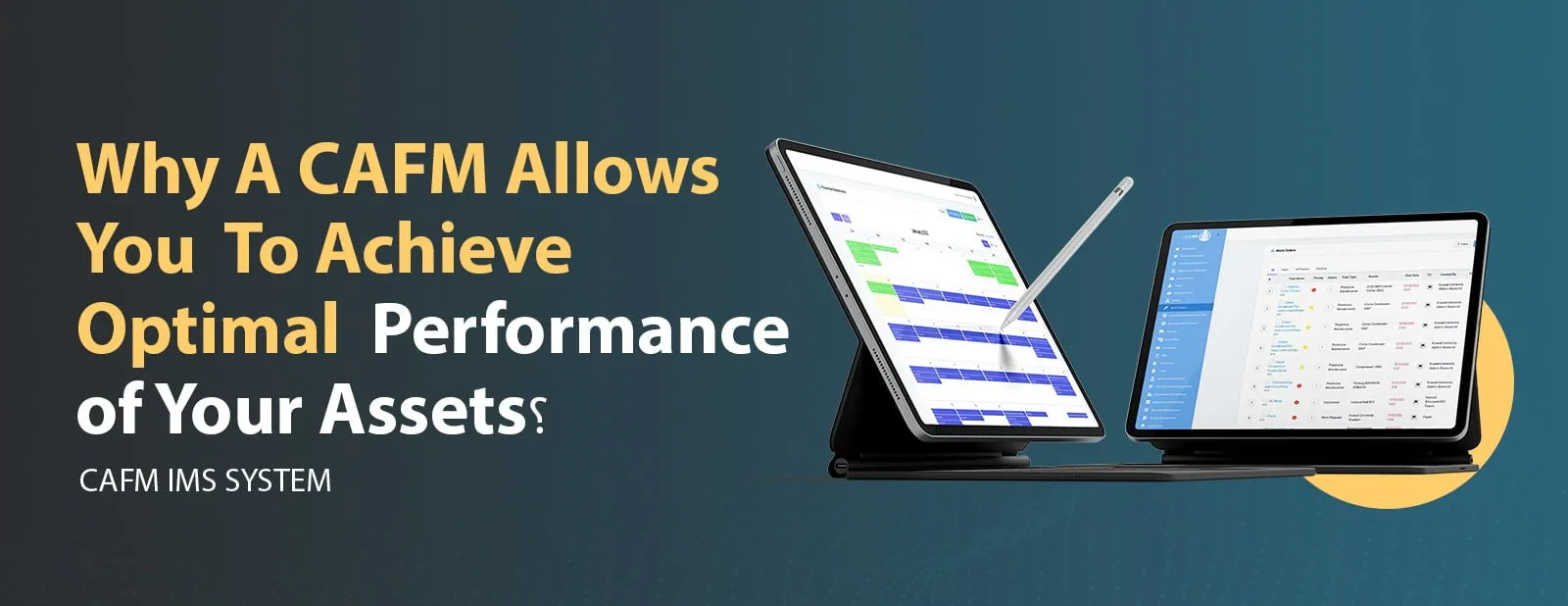
Computer-Aided Facility Management (CAFM) systems are increasingly becoming a crucial tool for facility managers to manage their assets and maximize their performance. CAFM is a software-based solution that helps facility managers to streamline operations, reduce costs, and improve the efficiency of their assets.
In today's fast-paced business environment, it is essential to have a CAFM system to help you manage your facility assets. A CAFM system provides facility managers with a centralized platform that allows them to manage all aspects of their assets, from maintenance to repair and replacement.
Here are some reasons why a CAFM system is crucial to achieving optimal performance of your assets.
1. Streamline Asset Management Processes
One of the significant advantages of a CAFM system is that it streamlines asset management processes. By using a CAFM system, facility managers can automate many of the manual processes associated with asset management. This includes scheduling preventative maintenance, managing work orders, and tracking asset performance.
By automating these processes, facility managers can free up time and resources, allowing them to focus on more strategic activities. In addition, automating these processes ensures that they are done consistently and efficiently, reducing the risk of errors and downtime.
2. Real-Time Data and Analytics
Another significant advantage of a CAFM system is that it provides real-time data and analytics. Facility managers can use this data to gain insights into asset performance, identify trends, and make informed decisions. Real-time data can also help managers to identify potential issues before they become problems, reducing downtime and minimizing costs.
Moreover, the use of analytics and data visualization tools can help facility managers to identify patterns and trends that might not be immediately apparent. This can lead to more informed decision-making, which can ultimately improve asset performance and reduce costs.
3. Improved Communication and Collaboration
A CAFM system can also improve communication and collaboration within the facility management team. By providing a centralized platform, the system can facilitate collaboration between different departments and stakeholders, such as maintenance teams, engineering teams, and vendors.
Improved communication and collaboration can lead to more efficient operations and a better overall performance of assets. It can also ensure that everyone is on the same page, reducing the risk of miscommunication and errors.
4. Better Asset Utilization
Finally, a CAFM system can help facility managers to optimize asset utilization. By tracking asset performance and maintenance history, managers can identify which assets are being underutilized and which are being overused. This information can be used to make informed decisions about asset replacement, upgrades, and reallocation.
Better asset utilization can lead to significant cost savings and improve the overall efficiency of operations. By optimizing asset utilization, facility managers can ensure that they are getting the most out of their assets and minimizing waste.
In conclusion, a CAFM system is an essential tool for facility managers looking to optimize the performance of their assets. By streamlining asset management processes, providing real-time data and analytics, improving communication and collaboration, and optimizing asset utilization, a CAFM system can help facility managers to reduce costs, improve efficiency, and achieve optimal asset performance.
